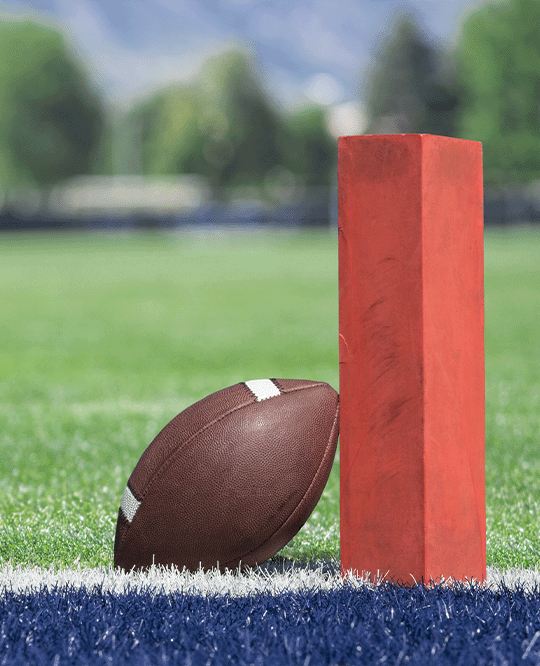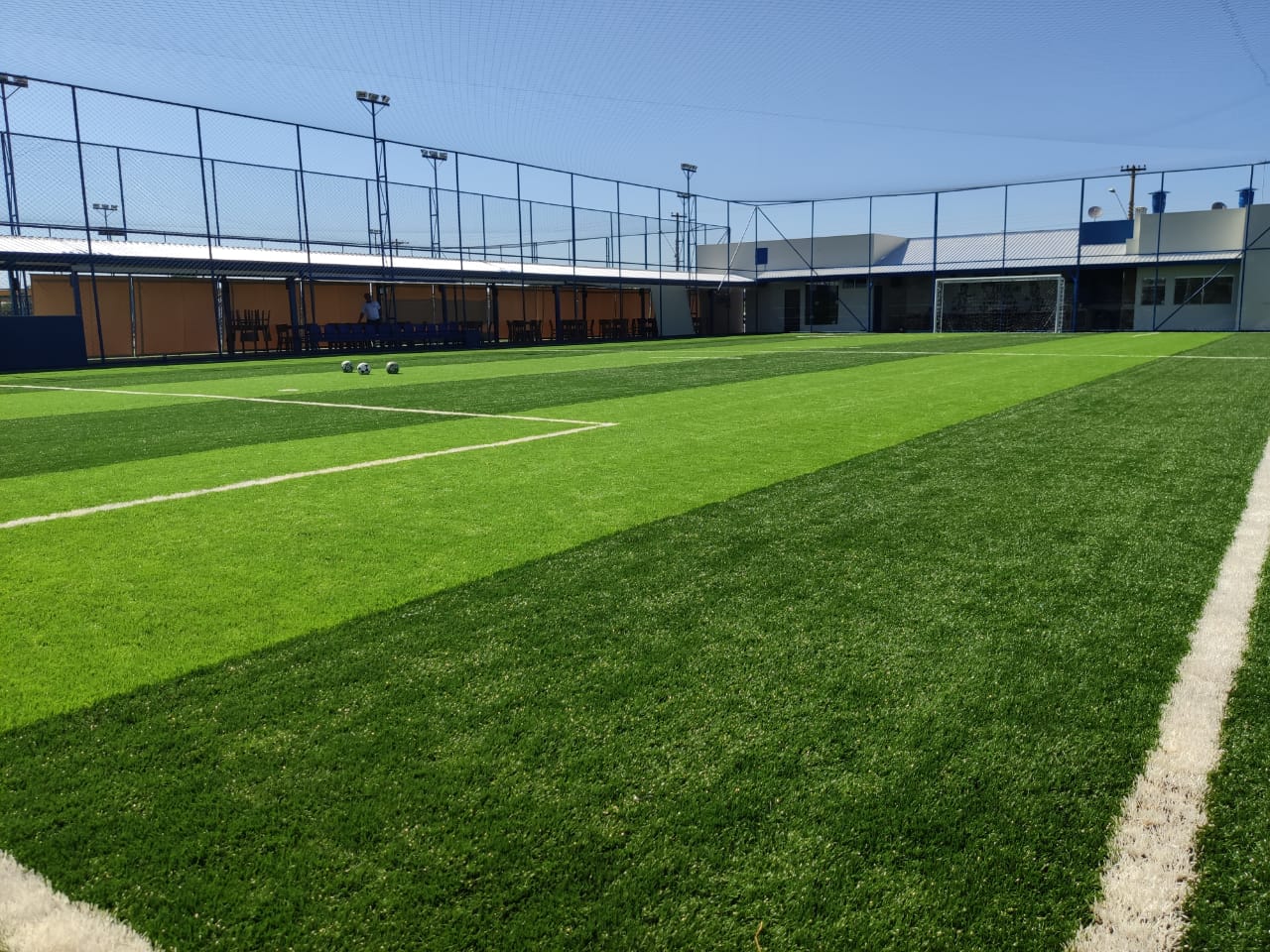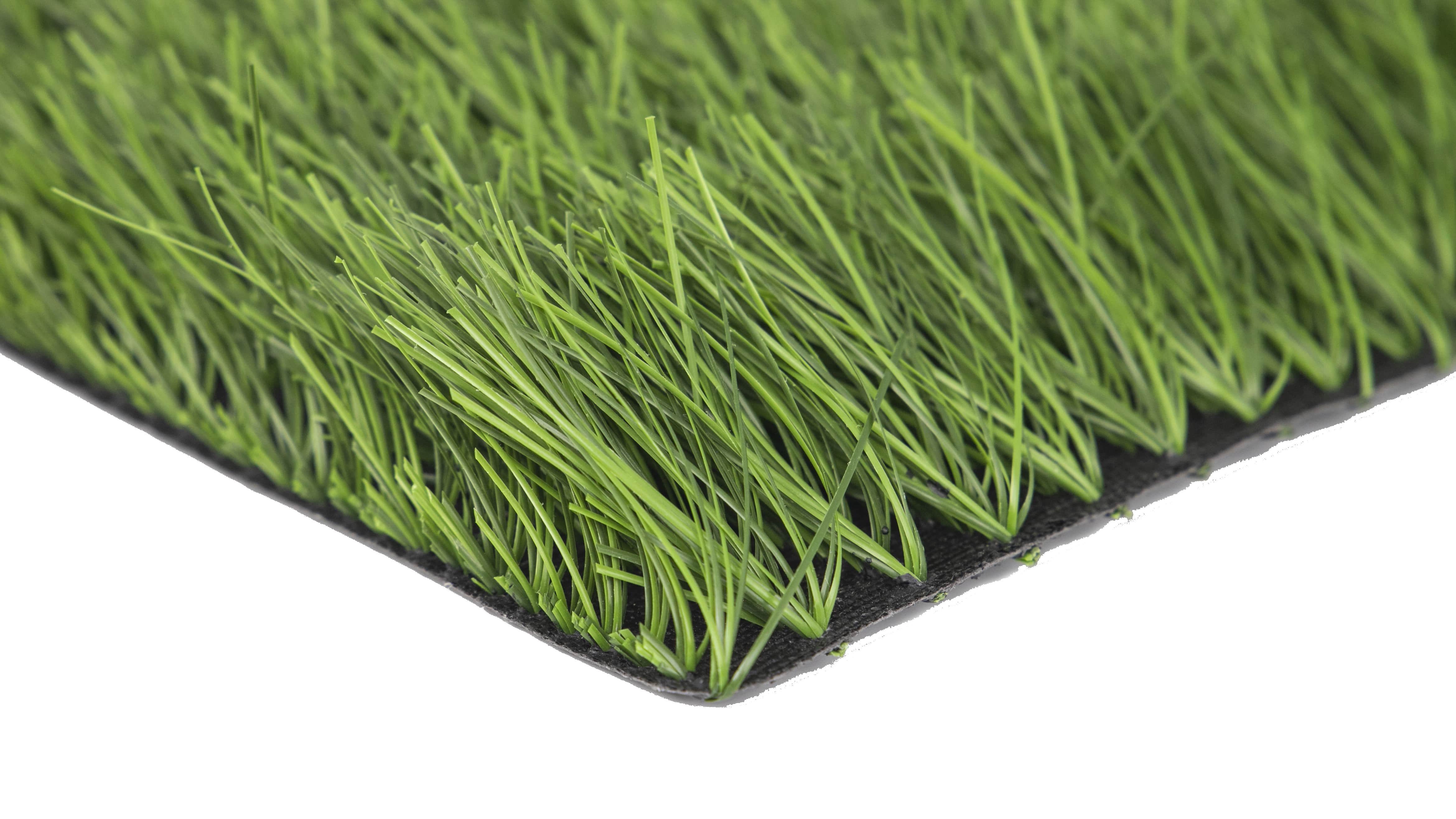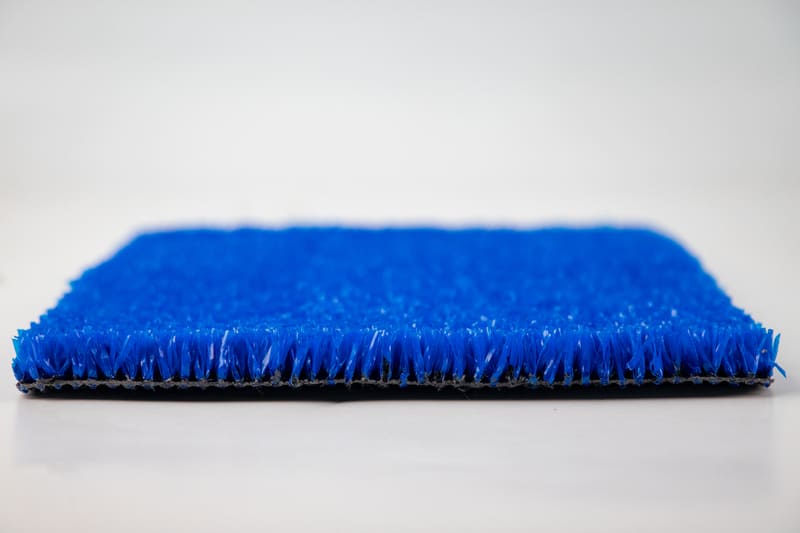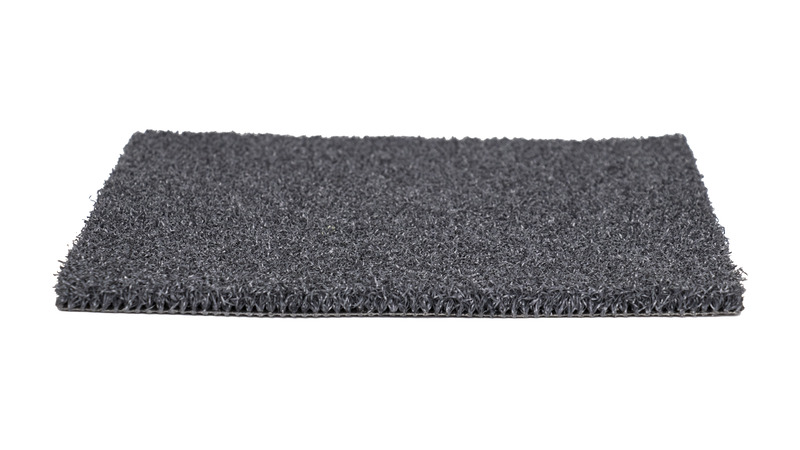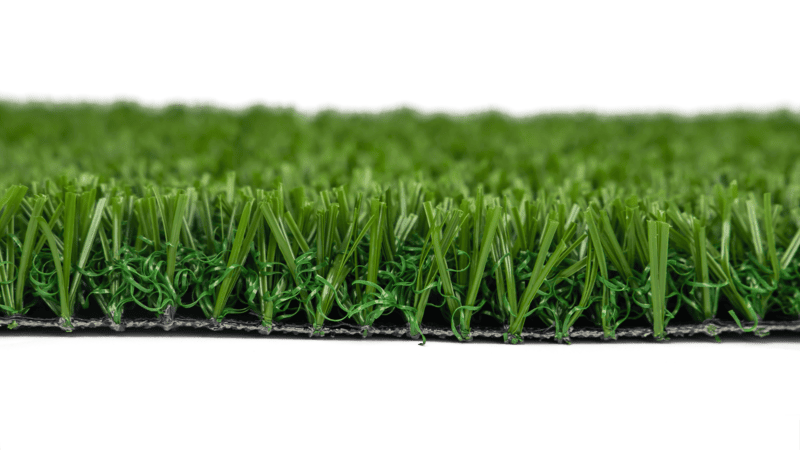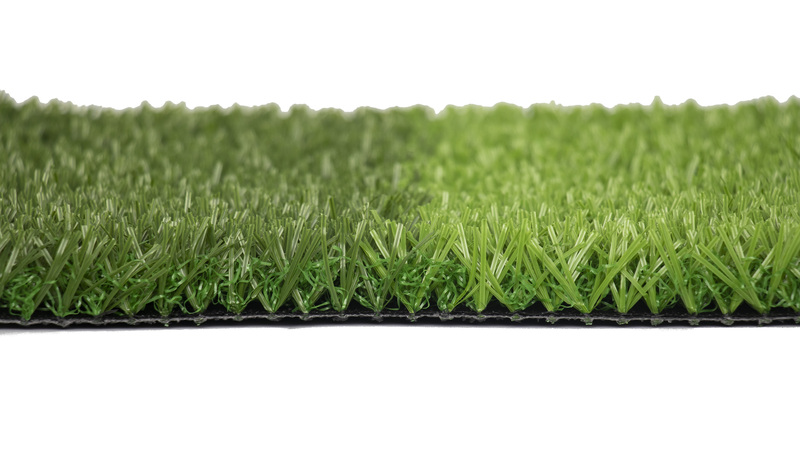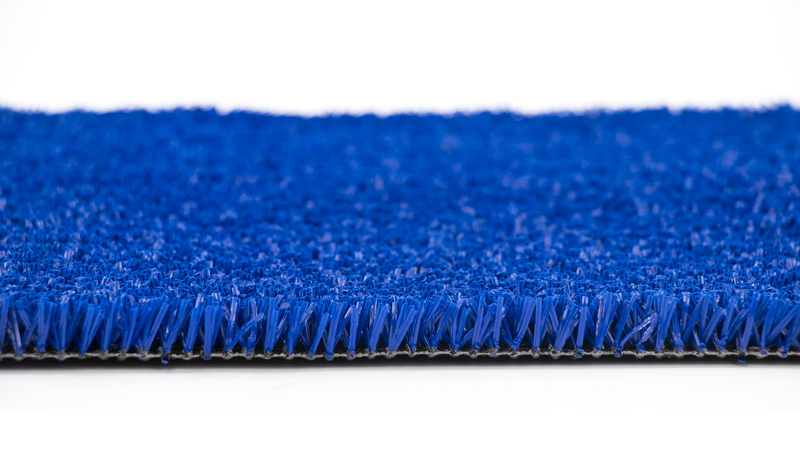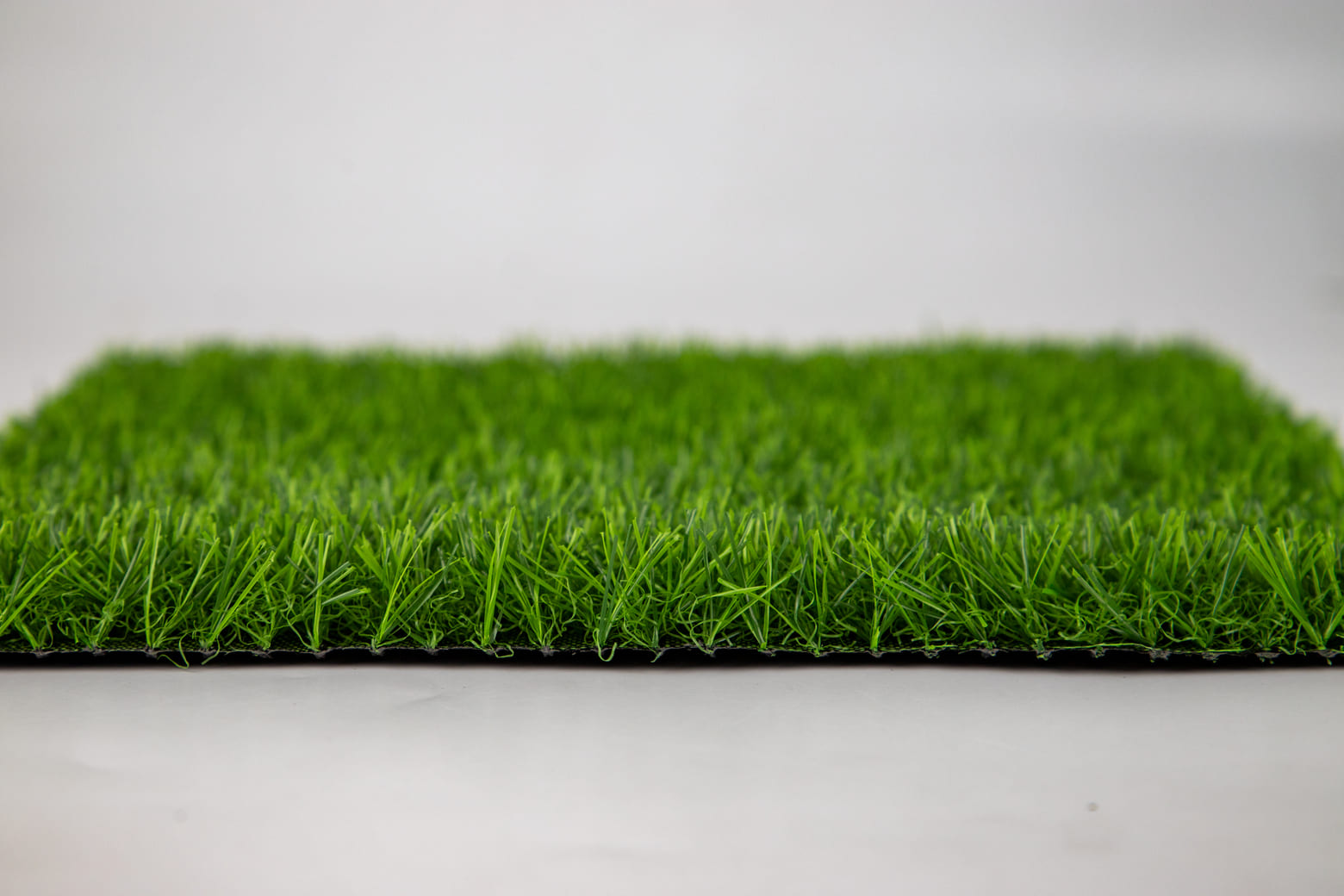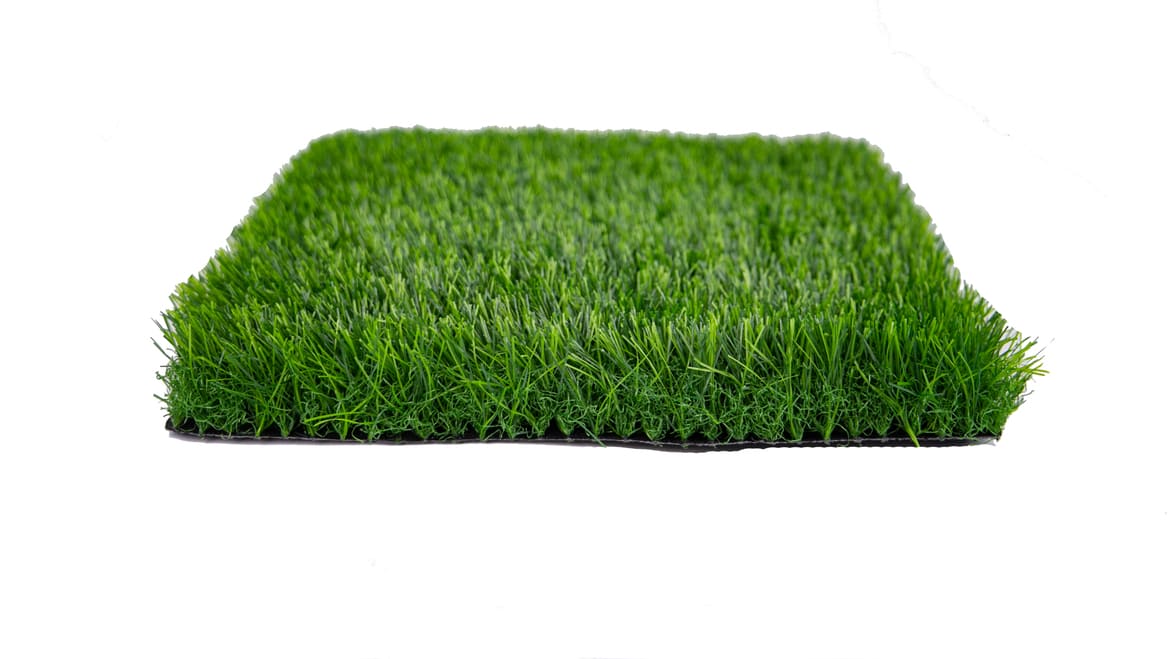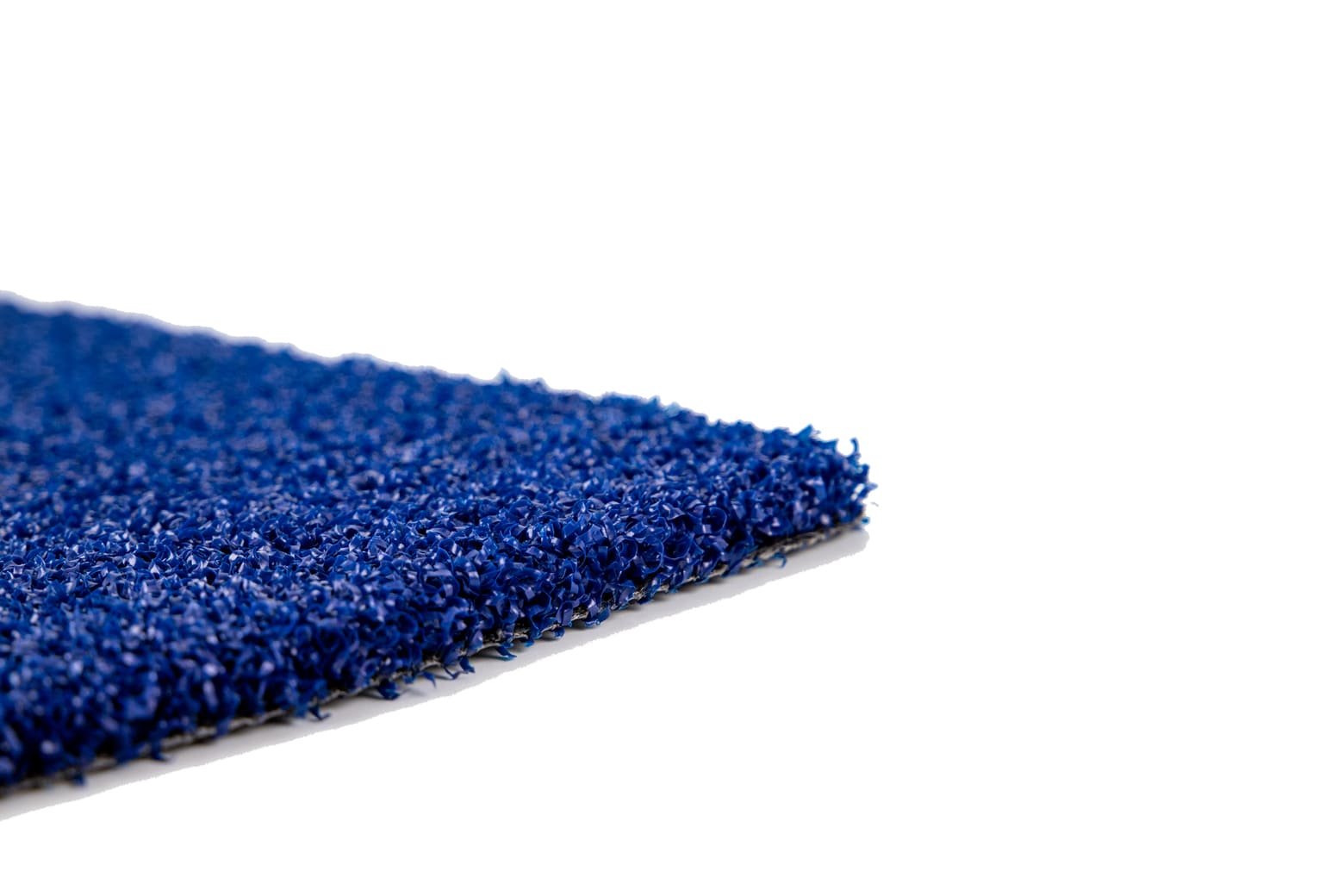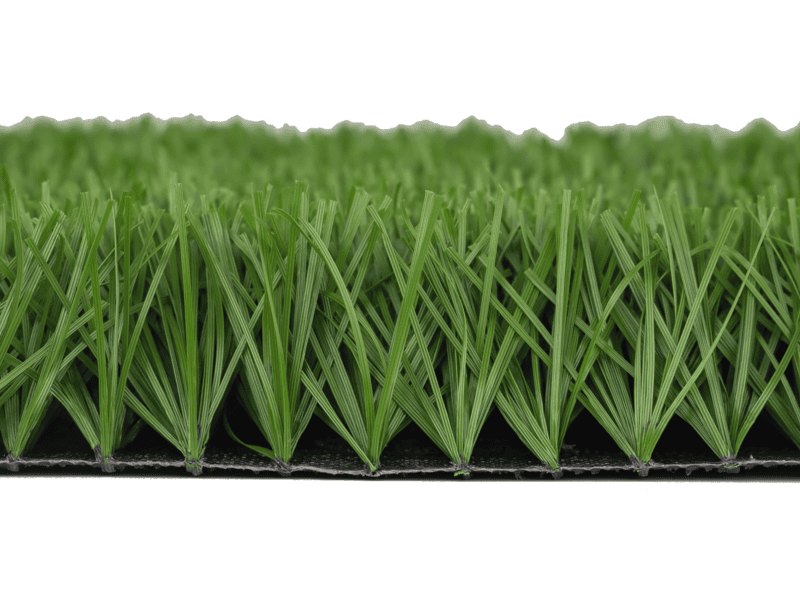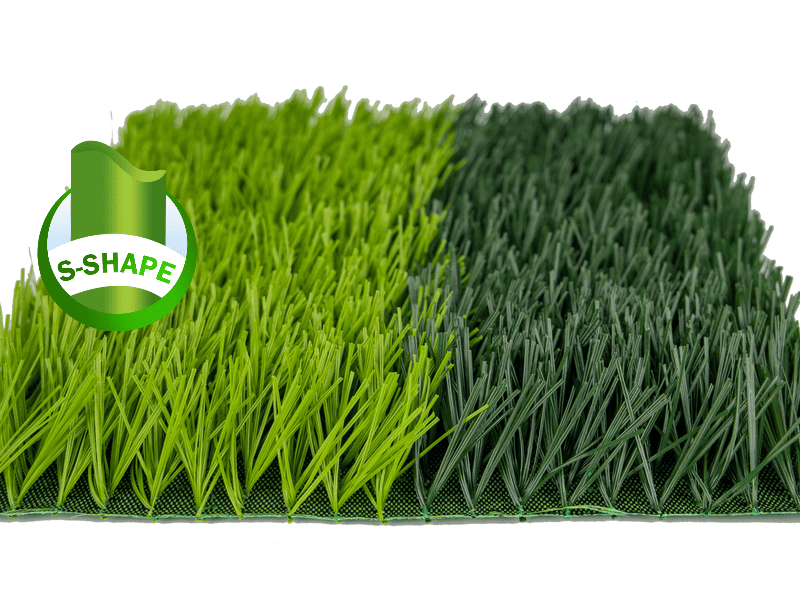Rugby, a sport known for its intensity and physical demands, requires a playing surface that can withstand heavy foot traffic and constant pressure from tackles, scrums, and sprints. Over the years, artificial grass has become a leading solution for rugby fields, offering enhanced durability, safety, and performance compared to traditional turf. In this article, we will explore the growing adoption of synthetic turf in rugby, its benefits, and the latest innovations in artificial grass technology that are revolutionizing rugby fields—from school grounds to professional stadiums.
The Rise of Artificial Grass in Rugby
Artificial grass, or synthetic turf, has long been used in various sports fields, from soccer pitches to tennis courts. However, rugby presents a unique challenge when it comes to choosing the right playing surface. Rugby fields face constant wear and tear from fast-paced games and physical contact. Traditional grass fields require frequent maintenance, including mowing, irrigation, and fertilization. This can be costly and time-consuming, particularly for schools and professional rugby clubs that want a reliable, low-maintenance option.
Artificial grass for rugby fields has proven to be a game-changer. Unlike natural grass, synthetic turf can endure extreme conditions—whether it's a rainy day or scorching heat—without becoming muddy or worn out. Additionally, modern rugby synthetic turf is designed to mimic the performance characteristics of natural grass, providing players with a safe and consistent playing surface.
Why Choose Artificial Grass for Rugby Fields?
Durability and Longevity
Rugby is a high-contact sport that subjects the playing field to extreme pressure. Traditional grass fields often deteriorate quickly, especially during wet weather or heavy use. Artificial grass, however, is designed to withstand heavy foot traffic, tackles, and scrums without deteriorating. With advanced materials and reinforcement technologies, modern synthetic turf systems can last for many years, even in high-use environments.
Low Maintenance
One of the key benefits of artificial grass for rugby fields is its low maintenance requirements. Unlike natural grass, which needs regular mowing, watering, and fertilizing, synthetic turf requires minimal upkeep. This makes it an attractive option for schools and sports clubs that want to reduce maintenance costs and downtime. Routine tasks such as sweeping and brushing the turf are typically all that is needed to keep the field in top condition.
Weather Resistance
Traditional grass fields are susceptible to weather conditions, with rain turning them into slippery, muddy messes. Synthetic turf, on the other hand, offers excellent drainage and remains playable in all weather conditions. Whether it's raining or shining, players can enjoy a consistent and safe playing surface. This makes artificial grass particularly useful in regions with unpredictable weather patterns.
Player Safety and Performance
Rugby players need a surface that is not only durable but also provides optimal traction and cushioning. Artificial grass technology has advanced significantly in recent years, offering improved player safety. The latest synthetic turfs are designed to provide better shock absorption, reducing the risk of injuries such as sprained ankles and knee strains. Moreover, artificial grass now offers the same level of grip and traction as natural grass, allowing players to perform at their best without worrying about slipping or the surface becoming uneven.
high-quality outdoor artificial grass supplier
Key Features of Rugby Synthetic Turf
When selecting artificial grass for rugby fields, it is essential to consider the specific features that make it suitable for high-contact sports. Some of the key features of synthetic rugby turf include:
Olive-shaped PE fibers: These fibers are designed to enhance durability and performance, making them ideal for rugby fields. Their unique shape allows for better resilience and wear resistance, ensuring that the turf can handle intense physical activity without losing its integrity.
High Dtex yarn: The thickness and density of the yarn are critical for ensuring that the turf can withstand the impact of rugby players. A high Dtex yarn provides extra durability, allowing the turf to maintain its shape and performance over time.
Multiple green tones: Rugby fields need to look as natural as possible to enhance the playing experience. Synthetic turf systems often use multiple shades of green in a single tuft to simulate the appearance of real grass.
Reinforced backing: A durable backing system ensures that the turf remains secure and doesn't unravel or experience significant damage during use. This also contributes to the turf's ability to stay in place under heavy pressure.
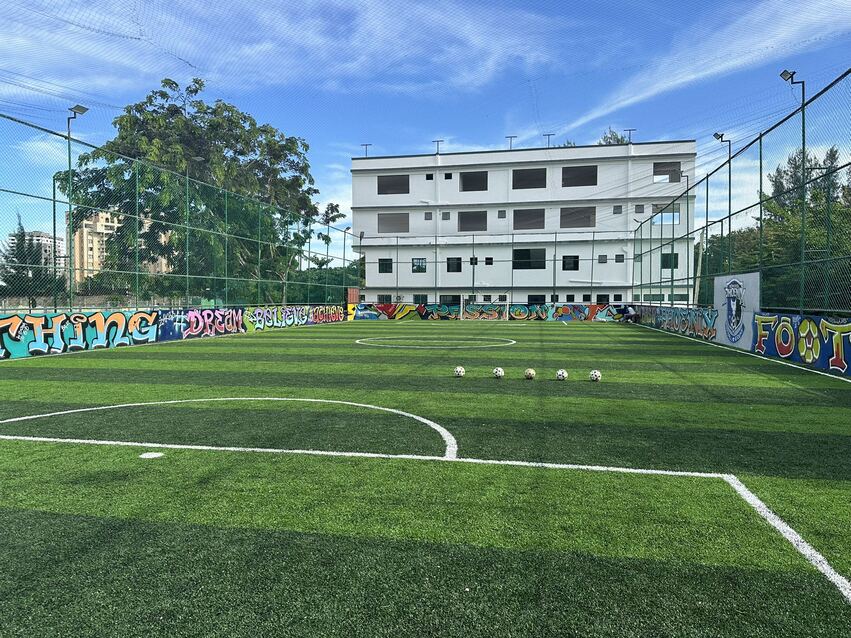
synthetic turf for multi-sport fields
From School Grounds to Professional Stadiums: Artificial Grass Is the Future of Rugby Fields
The versatility of synthetic turf makes it an ideal choice for rugby fields of all levels, from school grounds to professional stadiums. Here’s a closer look at how artificial grass is being used in various settings:
Schools and Universities
Schools and universities often struggle to maintain natural grass fields due to the high volume of use and the associated costs. Artificial grass provides a solution by offering a long-lasting, low-maintenance option. This allows educational institutions to provide a safe and high-performance playing surface for their rugby teams, even in areas with harsh climates.
Community and Amateur Rugby Clubs
Community rugby clubs, which typically face limited budgets, can benefit greatly from the affordability and practicality of synthetic turf. In addition to reducing maintenance costs, artificial grass also offers more reliable playing conditions, ensuring that matches are not canceled due to poor field conditions.
Professional Rugby Stadiums
The high standards of professional rugby demand a top-quality playing surface. Many professional rugby clubs have adopted artificial grass in their stadiums due to its superior performance, durability, and safety. With artificial grass, professional teams can ensure that their players enjoy optimal conditions year-round, no matter the weather or frequency of use.
CGT Artificial Grass for Rugby Fields
For those looking for a high-quality solution for rugby fields, Rhombus Lux - Diamond-C-130 offers exceptional performance. Crafted from olive-shaped PE fibers, this artificial grass provides superior durability, comfort, and performance. It’s designed for fields that undergo frequent use, making it perfect for rugby pitches, training grounds, and stadiums.
rugby synthetic turf manufacturer in China
Key Features of Rhombus Lux - Diamond-C-130:
- Olive-shaped PE fibers for extra durability and performance
- High Dtex yarn for superior wear resistance
- 3 green tones in one tuft for a natural appearance
- Reinforced backing with excellent split resistance and tuft lock
- Ideal balance between resilience, flexibility, and comfort
- Recommended for use in stadiums, schools, and training pitches
Rhombus Lux Infilled System:
- Pile height: 15-65mm
- Performance infills: SBR/EPDM/TPE
- Stabilizing infills: Silica sands
- Shock pads (optional): 10mm
- Accessories: Two-component glue, joint tapes
Conclusion
Artificial grass is transforming rugby fields at all levels, offering a solution that combines durability, low maintenance, and player safety. From school grounds to professional stadiums, synthetic turf provides the perfect playing surface for rugby, ensuring consistent performance and reduced downtime. With advancements in artificial grass technology, such as the Rhombus Lux - Diamond-C-130, rugby fields can now enjoy the best of both worlds: natural appearance and long-lasting functionality. If you're considering upgrading your rugby field, investing in high-quality synthetic turf is a decision that will pay off for years to come.




